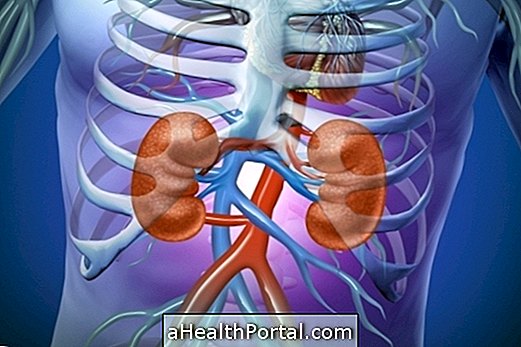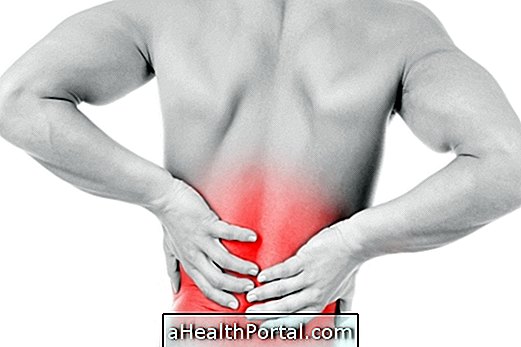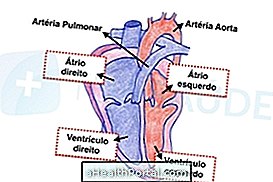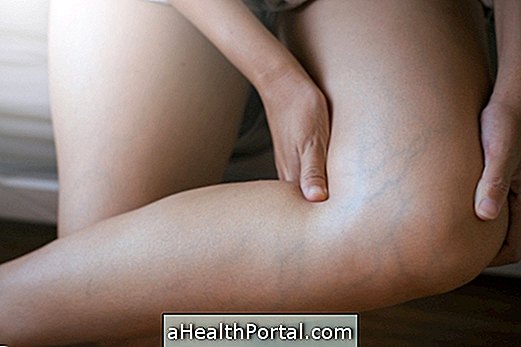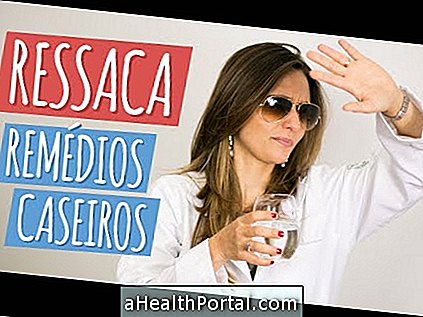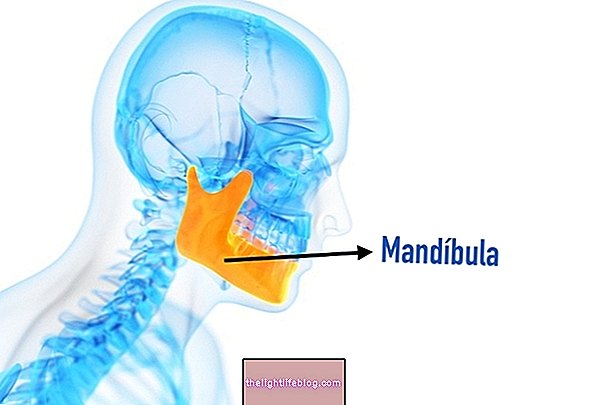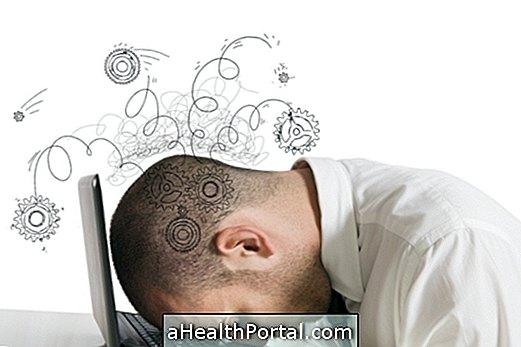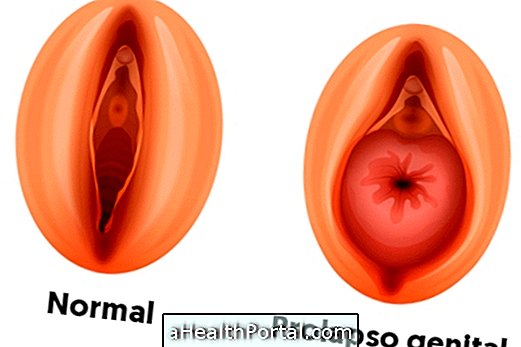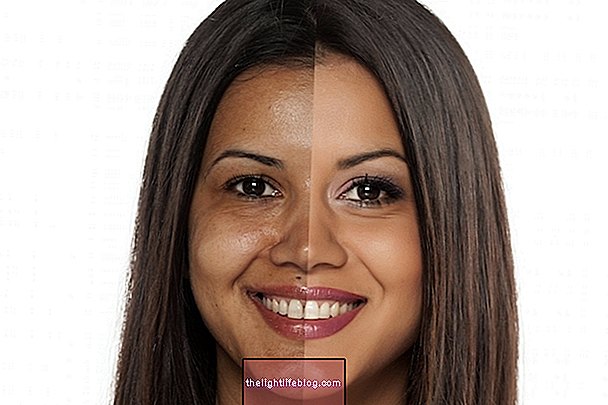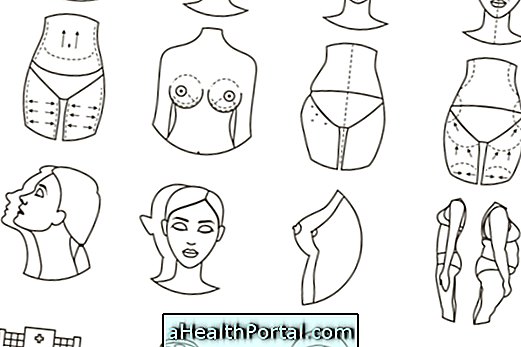Hydrotherapy, also known as aquatic physiotherapy or aquatherapy, is a therapeutic activity that consists of performing exercises inside a pool with heated water, around 34ºC, to accelerate the recovery of injured athletes or patients with arthritis, for example.
Generally, hydrotherapy is done by a physiotherapist and is widely used by pregnant women and the elderly because it helps in the treatment of:
- Arthritis, arthrosis or rheumatism;
- Orthopedic problems, such as fractures or disc hernias;
- Muscle injuries;
- Joint pain;
- Swelling in the legs;
- Respiratory distress;
- Neurological problems.
Hydrotherapy for pregnant women should be indicated by the obstetrician and is normally used to improve blood circulation, reduce swelling of the legs and decrease pain in the back, feet and knees, for example. Learn other ways to relieve discomfort in late pregnancy.
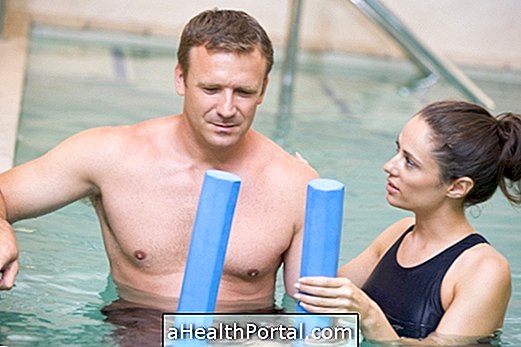
What are the benefits
In hydrotherapy, due to the properties of water, it is possible to reduce the burden of body weight on joints and bones while maintaining endurance, allowing for muscle growth, but without causing injury to other parts of the body. In addition, heated water allows for muscle relaxation and pain relief.
Hydrotherapy helps reduce posture problems and conveys a sense of well-being, enhancing individuals' body image and boosting self-esteem. In addition it also contributes to:
- Muscle strengthening;
- Relief of muscle or joint pain;
- Improvement of balance and motor coordination;
- Promoting muscle relaxation;
- Decreased sleep disorders;
- Reduced stress and anxiety;
- Increased joint amplitudes;
In addition, hydrotherapy also contributes to improve cardiorespiratory system, as well as water aerobics, in which the exercises performed are more intense. Learn to distinguish hydromassage from hydrotherapy.

Hydrotherapy Exercises
There are several techniques and therapeutic aquatic exercises for hydrotherapy, which must be accompanied by a physiotherapist, such as:
1. Bad ragaz
This technique is used to strengthen and re-educate the muscles and to promote the stretching of the trunk. Usually, the therapist stands and the patient uses floaters in the neck, pelvis and, if necessary, the ankle and wrist.
This method is usually used in people with Central Nervous System damage, orthopedic dysfunctions, or people who have decreased range of motion, weakness, pain, or low back pain.
2. Integral aquatic relaxation
This technique uses the properties of heated water, between 33º and 35ºC, having relaxing effects in the Autonomic Nervous System. During the exercise, rotation and elongation of the trunk are promoted, with rhythmic and repeated movements, reducing the visual, auditory and sensorial stimuli.
This technique is usually indicated for people with orthopedic problems after spinal surgery, low back pain, repetitive strain injury, and work-related occupational illnesses, and for people with decreased range or pain in movements or people with neurological problems.
3. Watsu
Watsu is also performed in a pool of warm water, at around 35ºC, through specific techniques in which movements, touches and stretching are performed, unlocking points of physical and mental tensions. In these sessions, specific exercises are performed that take into account the person's breathing and position.
This method is indicated for cases of physical and mental stress, fear, anxiety, insomnia, muscle pain, migraine, lack of disposition, depression, acute and chronic stresses, pregnant women, people with emotional blocks, among others.
4. Halliwick
Also called a 10-point program, it is a process in which the patient works on breathing, balance and control of movements, thus improving motor learning and functional independence, making the person more apt to initiate and perform movements and activities difficult to ground.
This method is performed with voluntary movements of the person, even if they lack mobility.

